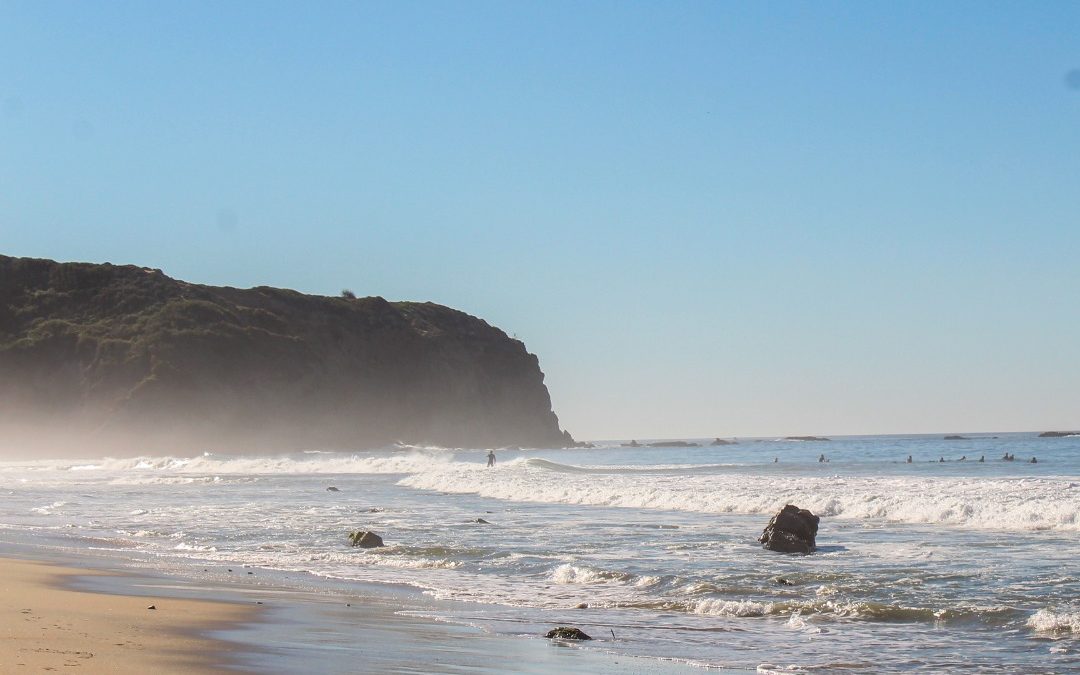Numerous beaches in Dana Point received high marks in Heal the Bay’s latest Beach Report Card, with many of them earning spots on the environmental nonprofit’s Honor Roll list.
Released on Wednesday, June 22, the 2021-2022 Beach and River Report Cards—annual rankings of hundreds of beaches and freshwater recreation areas that line the West Coast—gave A’s to several of the city, county and state beaches located in Dana Point. Heal the Bay’s team of scientists and analysts assigns letter grades based on levels of fecal-indicator bacterial pollution in the water measured by county health agencies during the summer dry months, winter dry months and wet-weather periods, according to the nonprofit. “Summer Dry Grades were excellent across the State with 94% of California beaches receiving an A and B grades, which is on par with the average,” the report stated. “Winter dry grades were slightly below average with 88% of the beaches receiving A and B grades.”
Samples taken during dry weather between April 1 and Oct. 31 count for the Summer Dry category, between Nov. 1 and March 31 for Winter Dry, and those taken during or within 72 hours of a rain event count for Wet Weather.
Among the list of Dana Point beaches to crack the Honor List this year were Capistrano Beach, the youth and guest docks at the Dana Point Harbor, multiple locations around Doheny State Beach, Poche Beach, Salt Creek Beach, and Dana Strands Beach.
The Honor Roll list is reserved for locations monitored weekly all year that received an A+ for each of the Summer Dry, Winter Dry, and Wet Weather conditions.
Those top beaches contributed to Orange County’s high marks. Across the county, 99% of beaches received A or B grades for the Summer Dry category; 95% received A or B for Winter Dry; and 66% graded A or B for Wet Weather, which was better than average, according to the report.
Most locations within Dana Point averaged an A grade, although there were several that did not receive a grade for all three conditions.
Doheny’s North Beach area scored an A, A, and B in 2021-22, up from last year’s B, C, and F grades.
According to the report, grades are based on fecal bacteria pollution concentrations in wave-wash, and water samples that are analyzed for bacteria that indicate pollution from multiple sources.
“The better the grade a beach receives,” the report stated, “the lower the risk of illness to ocean users.”
Read the Report https://healthebay.org/wp-content/uploads/2022/06/Beach-Report-Card-2021-2022.pdf

